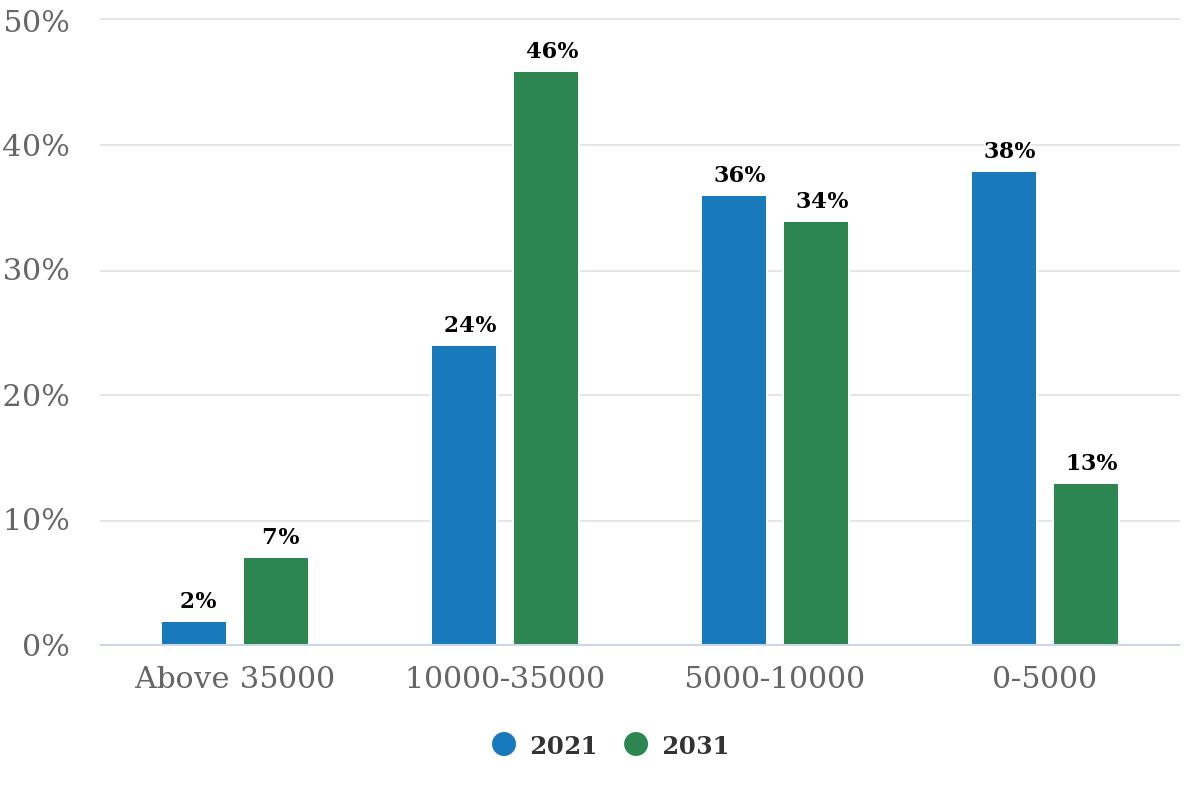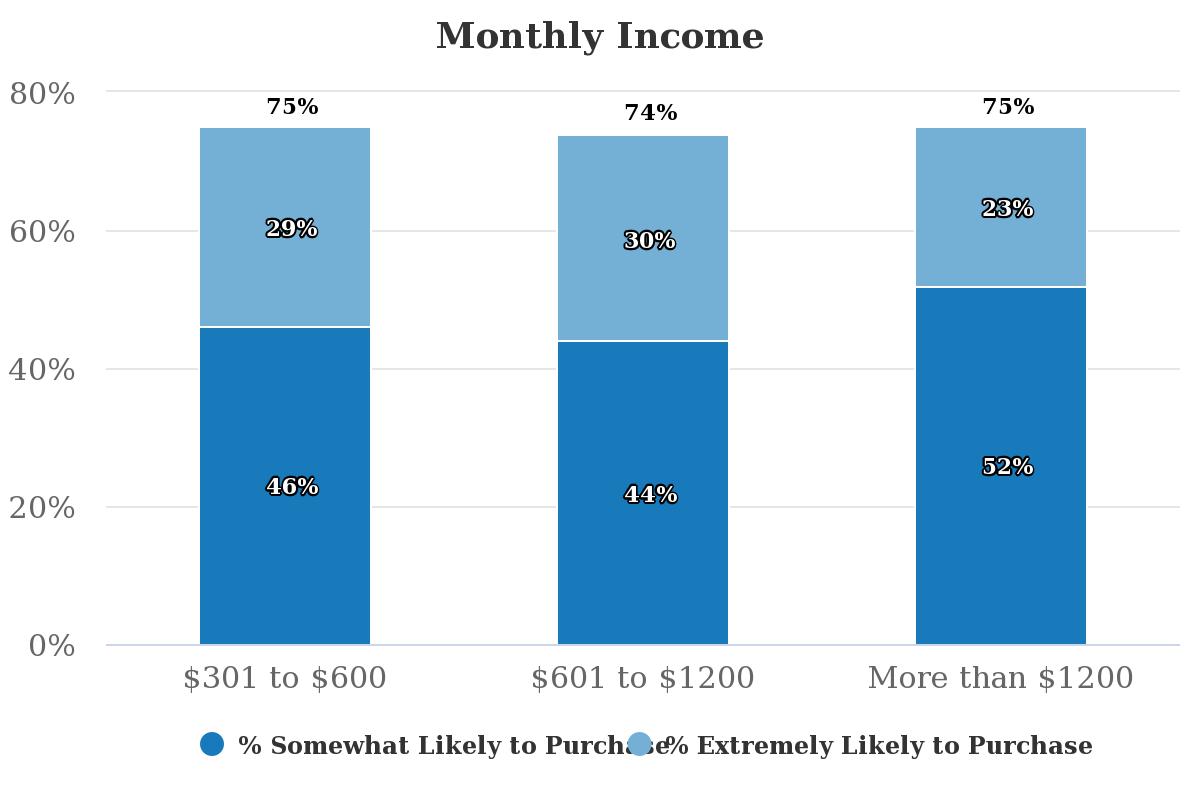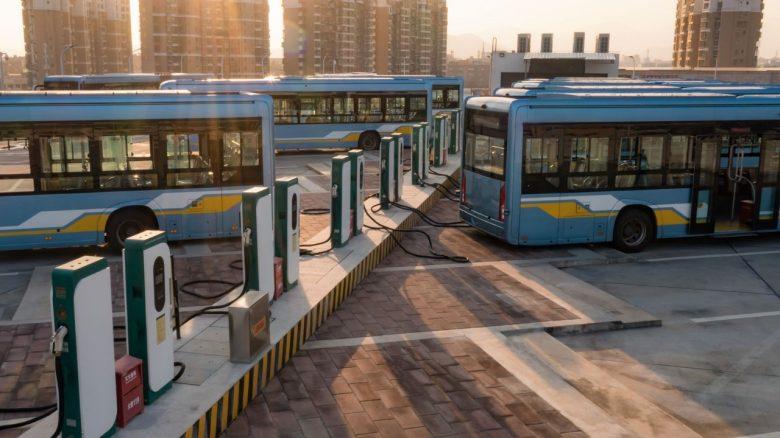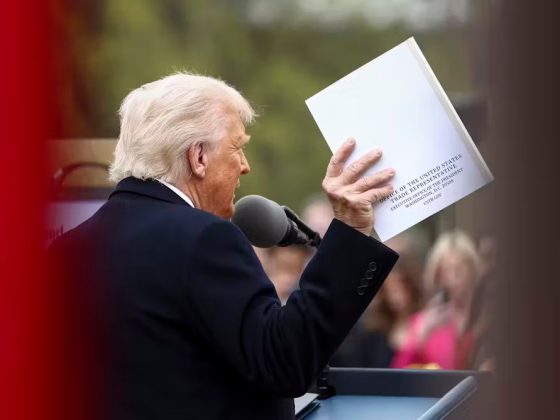We would like to thank our generous sponsors for making this article possible.
With a thriving economy and demographic shifts driving consumer demand, the market could triple to $90 billion by 2032.
India is on track to become the world’s third-largest economy by the end of the decade, propelled by increased digitalization and a burgeoning consumer class. The same forces are setting up the country of more than 1 billion people to be the fastest-growing smartphone market in the world in the next 10 years.
“After 20 years of lagging behind its global peers, India’s smartphone market now looks set to reach its potential,” says Erik Woodring, Morgan Stanley’s U.S. hardware analyst. “We expect the market to triple from current levels to reach $90 billion by 2032.”
Despite leading the world in terms of population growth this year, India has thus far failed to deliver on investors’ long-held expectations of significant growth opportunities for smartphone usage. Market penetration has languished at around 40%, compared with the global average of 60%, while most of the growth in the market has come from cheaper, lower-end devices. But smartphone usage appears poised to surge, along with upgrades to the newest and most expensive phones.
GDP Growth Spurt
India’s GDP is expected to more than double over the next decade, reaching $7.5 trillion with expected annual growth of 6.6%. At the same time, per-capita income is expected to double, and the country is projected to have five times as many high-income households by 2031.
India should see a fivefold increase in high-income households by 2031.

These factors, along with rising urbanization and improvements in infrastructure, are expected to drive 11% annual growth in the smartphone market over the next decade. This would make India’s market the third-largest in the world after China and the U.S., accounting for 15% of global market value, up from 6% today.
“In this scenario, India would be the sole growth driver in the global smartphone market in the next decade, ultimately accounting for 20% of worldwide shipments by 2032,” says Woodring.
Expensive Tastes
In a recent Morgan Stanley survey of Indian smartphone users, three-quarters of respondents said they are likely to buy a new device in the next 12 months, with some possibly prioritizing it over household items such as a personal computer, car or refrigerator.
Indian consumers indicated strong demand for smartphone purchases over the next year.

Respondents overall said they are prepared to spend as much as 20% more for their next smartphone, while those aged 18 to 25 would consider paying 30% more. Indian consumers are increasingly willing to pay premium prices for access to technologies such as 5G compatibility, longer battery life, better camera quality and more storage capacity.
These preferences are fueling a shift toward higher-end devices from vendors based outside India. Over the next decade, 80% of India’s smartphone market growth will come from smartphones costing more than $250, compared with about 10% over the last five years. Along with the vendors, supply-chain companies with India-based production that assemble or make components for these in-demand phones should benefit.
“Smartphones are becoming a necessity in India and even more critical to the consumer,” says Woodring. “The prioritization of smartphone purchases and the desire for new smartphones bodes well for smartphone vendors in India.”
For full analysis on the growth outlook for India’s smartphone market, ask your Morgan Stanley representative or Financial Advisor for the report, “India Smartphone Market to Triple to $90 billion Over the Next Decade” (July 16, 2023).
Originally published at: Morgan Stanley










